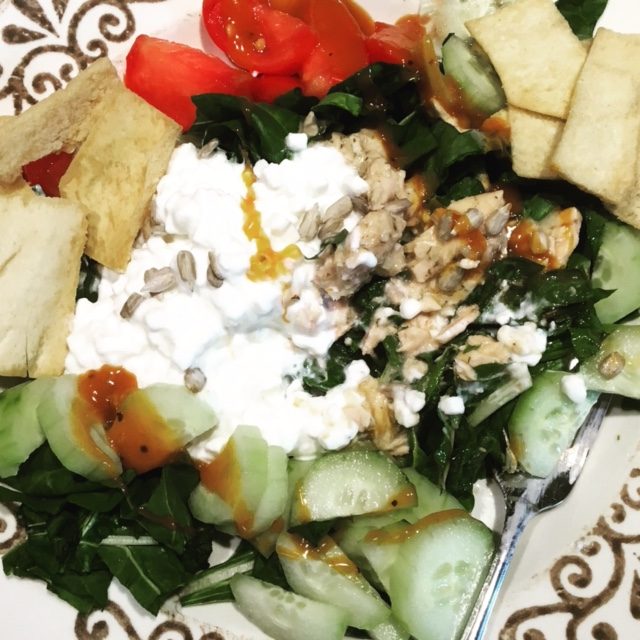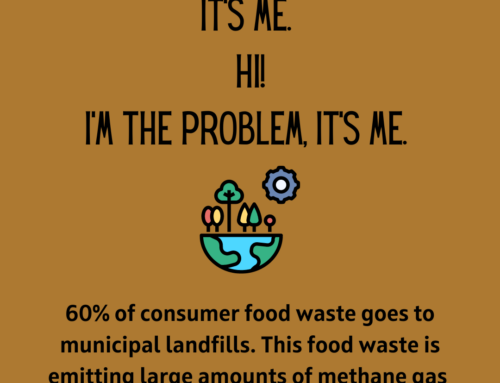A recent news story about a case in the European Union court concluding that health and nutrition professionals really can’t be in a position to have up to date knowledge about all foods – almost had a “trust no one” stance to it. This reminded me of the decision Panera Bread® has made recently about their new menu, as well as Chipotle’s® marketing strategies (Chipotle’s® most recent advertisement, i.e., short film, tries to downplay artificial colors or flavors drawing a “big is bad” conclusion in it’s way-too-long quirky film. I categorize their ads as fear-mongering, and their decisions have led to some problems).
So far, so good for Panera® (at least from a marketing and food-borne illness standpoint) in their decision to remove all artificial ingredients and preservatives from their product line. They claim this is aligned with the “clean eating” theme they’ve created. They are removing:
- Artificial flavors
- Preservatives
- Artificial Sweeteners
- Artificial Colors
- Meat treated with antibiotics, and more
So if you have diabetes and wanted to enjoy a diet or sugar free beverage, your choice apparently will now be water, plain coffee or tea. And did you know it’s usually a good thing for animals to be treated with antibiotics when they have an infection?
It’s kind of a crazy list, and what’s the point?
Well, of course the point is money. These nouveau fast food companies are answering a supposed public cry for “natural” feel-good foods and beverages. I guess that is what food marketing is all about – appeal to the most popular consumer. A few years ago the northeast grocery store, Wegman’s, followed the same crowd by coming up with their “food you feel good about®” store label. That label was used on all foods or beverages that didn’t have artificial flavors or colors, trans fats, hormones, antibiotics, or high fructose corn syrup. An interesting and random list.
I find it maddening that, by creating a “no-no” list, these companies perpetuate the notion that these safe ingredients are somehow not good for you. This is not just misleading, but untrue! And in most cases, they know it. Time will tell if this trend will lead to more food borne illness. Or at the least, moldy bread.
Preservatives Play a Role in Food Safety
I view preservatives as a functional and progressive way to reduce waste and improve shelf life. Artificial colors? Well, they provide mostly aesthetics, so I can go along with the trend of substituting naturally occurring colors to enhance food. Artificial sweeteners however provide a variety of options for weight control – both for people with diabetes and people who are minding their calorie intake by reducing empty calories from sugar. In moderation, there is no concern with their safety.
It always comes down to balance and moderation. Convenience is clearly in demand, as people are eating in restaurants and picking up partially prepped food at the grocery store, more and more. But this “clean eating” trend? I don’t know.
Here’s a picture of the salad I ate today.
 Is it “clean”? Well, the cucumbers, greens, and tomato happen to be from our garden. I washed them, but it’s possible bugs crawled all over them, and maybe a deer urinated on part of something. And there’s also salmon in there – the packaged type. It contains lemon juice and citric acid acting as preservatives, and maltodextrin – likely used as a thickener. I’m not worried about any of it.
Is it “clean”? Well, the cucumbers, greens, and tomato happen to be from our garden. I washed them, but it’s possible bugs crawled all over them, and maybe a deer urinated on part of something. And there’s also salmon in there – the packaged type. It contains lemon juice and citric acid acting as preservatives, and maltodextrin – likely used as a thickener. I’m not worried about any of it.
My point is, that removing artificial flavors, or preservatives, and high fructose corn syrup, aren’t going to make or break your diet. Don’t fear these types of ingredients. They are safe, and in some cases, offer beneficial preservative properties (even sweeteners have functional properties beyond sweetening). Eat a well balanced diet, adding more plants (vegetables, fruits, grains), and enjoy small portions of your favorite treat foods. I know it sounds boring, but balance and moderation still rule.




